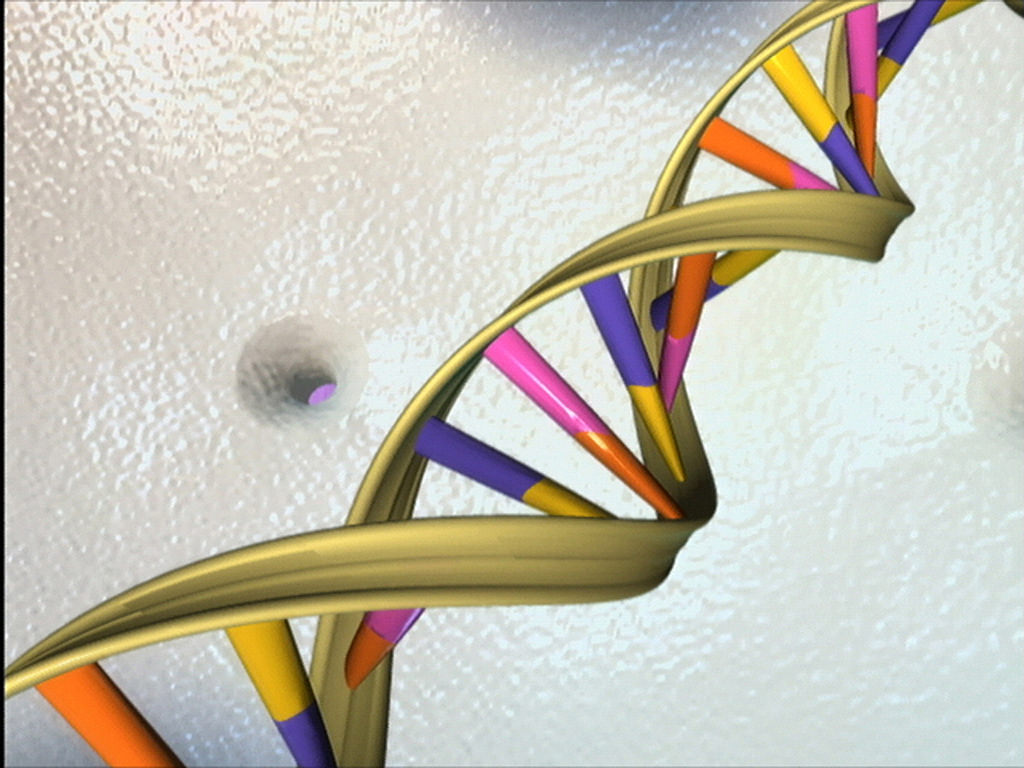New Scientist
Image: National Institutes of Health (NIH)
It was a discovery that threatened to overturn everything we thought about what makes us human. At the dawn of the new millennium, two rival teams were vying to be the first to sequence the human genome. Their findings, published in February 2001, made headlines around the world. Back-of-the-envelope calculations had suggested that to account for the sheer complexity of human biology, our genome should contain roughly 100,000 genes. The estimate was wildly off. Both groups put the actual figure at around 30,000. We now think it is even fewer – just 20,000 or so.
“It was a massive shock,” says geneticist John Mattick. “That number is tiny. It’s effectively the same as a microscopic worm that has just 1000 cells.”
We’ve only gradually come to grasp the full implications of this discovery. The blueprint for building a human, or indeed any complex creature, lies not only in our genes but in other, neglected parts of our genome. This long-overlooked DNA could have shaped iconic traits such as our upright stance, opposable thumbs, big brains, capacity for language, even our tendency to form monogamous relationships. We might like to think of ourselves as pinnacles of evolution, but actually we are mostly made of junk. Read more on newscientist.com..








